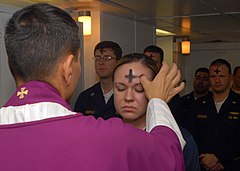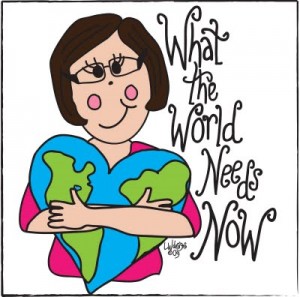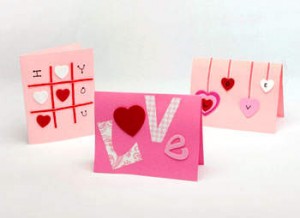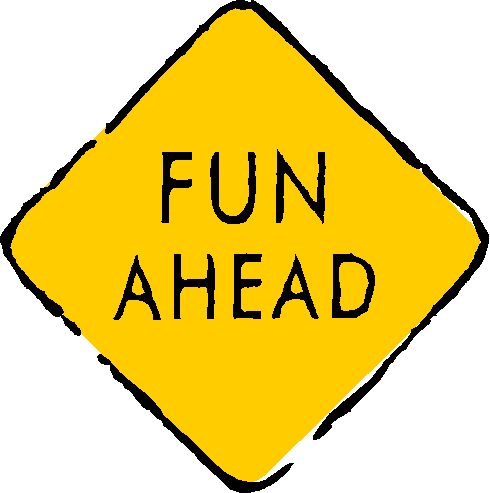Background
Memorial Day started as an event to honor Union soldiers, who had died during the American Civil War. It was inspired by the way people in the Southern states honored their dead. After World War I, it was extended to include all men and women, who died in any war or military action.
Memorial Day was originally known as Decoration Day. The current name for this day did not come into use until after World War II. Decoration Day and then Memorial Day used to be held on May 30, regardless of the day of the week, on which it fell. In 1968, the Uniform Holidays Bill was passed as part of a move to use federal holidays to create three-day weekends. This meant that that, from 1971, Memorial Day holiday has been officially observed on the last Monday in May. However, it took a longer period for all American states to recognize the new date.
What do people do?
It is traditional to fly the flag of the United States at half mast from dawn until noon. Many people visit cemeteries and memorials to honor everyone, who has died, and those, who have died in military service, in particular. In National Cemeteries, volunteers place an American flag on each grave.
Memorial Day has become less of an occasion of remembrance. Many people choose to hold picnics, sports events and family gatherings on this weekend. This day is traditionally seen as the start of the summer season for cultural events. For the fashion conscious, it is seen as acceptable to wear white clothing, particularly shoes from Memorial Day until Labor Day. However, fewer and fewer people follow this rule and many wear white clothing throughout the year.
Public life
Memorial Day is a federal holiday. All non-essential Government offices are closed, as are schools, businesses and other organizations. Most public transit systems do not run on their regular schedule. Many people see Memorial Day weekend as an opportunity to go on a short vacation or visit family or friends. This can cause some congestion on highways and at airports.










 If you are scratching your head about what to get your host parents, check out these great ideas.
If you are scratching your head about what to get your host parents, check out these great ideas. 